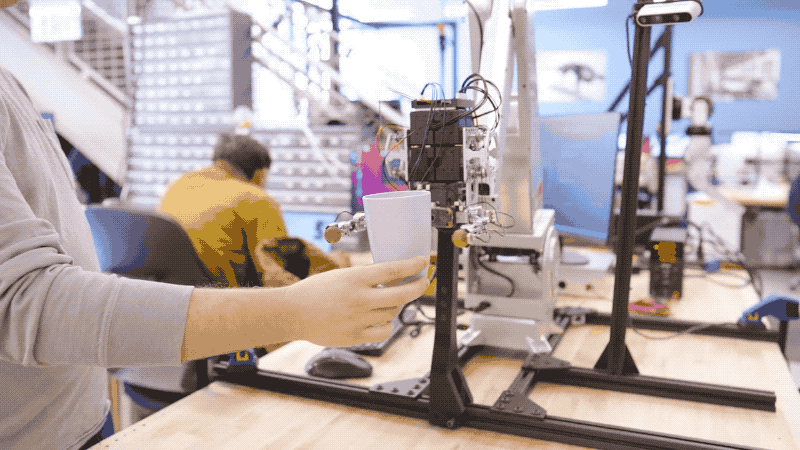
One thing I hear from a lot of startups is that “there’s no need to rethink the clutch”. It’s something I appreciate from an economic point of view. It’s expensive, it takes up a lot of resources, and your time and money would probably be better spent elsewhere when there are already so many influencers on the market.
I recently did a claw machine analogy during an interview — and got a bit of a bounce. I now understand a little better why this is the case – at least in part. Discussing its new approach to gripping robots, MIT evokes perennial arcade favorites, stating that “when manipulating an arcade claw, a player can plan all they want. But as soon as you hit the joystick button, it becomes a wait-and-see game. If he misses The claw is his target, she’ll have to start from scratch to get another chance to get a prize.”

Image credits: Massachusetts Institute of Technology
If you think about it for a moment, you realize that you are suddenly confronted with something that appears over and over again in this field of study: This is not how humans approach the job — and there is a reason for that. If, say, grabbing something with an odd or unpredictable weight distribution, you generally don’t need to withdraw your hand and try again. You adapt.
The team describes a system that adapts to an object in real time, using feedback and feedback. MIT says:
If the gripper fails to grip the object, instead of backing off and starting over as most grippers do, the team wrote an algorithm that instructs the robot to quickly act on any of three gripping maneuvers, which they call “feedback,” in response to real-time measurements at hand. . The three reactions start at the last centimeter of the robot approaching an object and enable the fingers to grip, pinch or pull the object until it has a better grip.
Interestingly, the project is based on the motors developed for the school’s young cheetah robot, which are designed to help it respond to uneven terrain in flight. The new system is built around a two-finger, multi-joint arm. There is a camera at the base and sensors on the tips that record feedback. The system uses that data to adjust accordingly.
The team is currently using Gripper to clean around the lab. MIT says:
They place an assortment of household items on the shelf, including a bowl, mug, can, apple, and bag of coffee grounds. They showed that the robot was able to quickly adapt its grip to the particular shape of each body, and in the case of coffee grounds. Out of 117 attempts, the gripper quickly and successfully picked and placed objects more than 90 percent of the time, without having to back out and start over after failing to grip.
